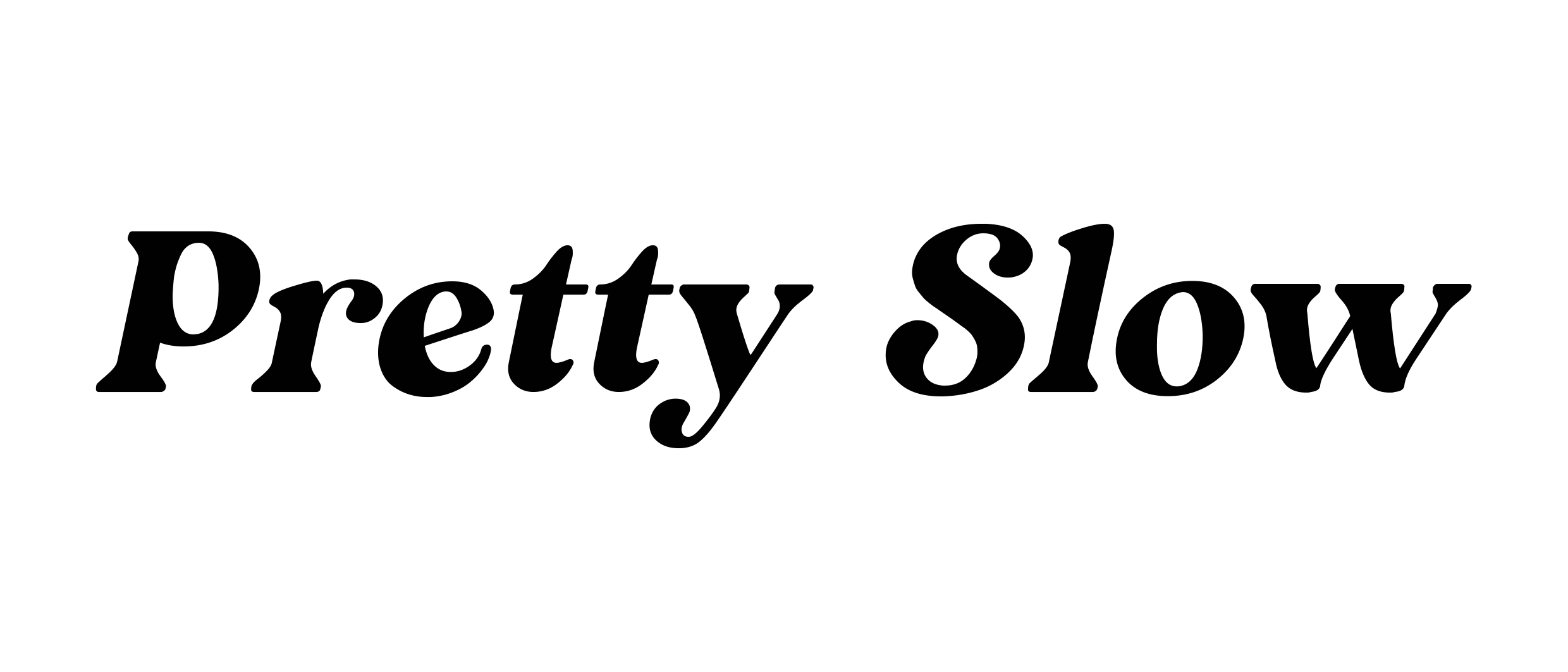We have been hearing about how an Abundance Mindset can change one’s life. In this article, you’ll find everything you need to know about the Abundance Mindset and how to develop it.
In a world often shrouded with competition and scarcity, the concept of an Abundance Mindset emerges as a beacon of optimism and boundless possibility. This mindset, deeply rooted in the belief that there is enough for everyone, propels individuals towards a life that is not constrained by limitations but is enriched with limitless opportunities. The Abundance Mindset transcends mere financial or material wealth, encapsulating a broader perspective that embraces prosperity in relationships, personal growth, and holistic well-being. It is not merely a philosophy but a pragmatic approach towards life, where one perceives challenges not as insurmountable hurdles but as opportunities for growth and learning.
In the realm of personal and professional development, the Abundance Mindset is often juxtaposed with the Scarcity Mindset, which perceives life as a finite pie, where one individual’s gain is viewed as another’s loss. The scarcity approach can inadvertently tether one’s potential, fostering a mindset mired in limitation and fear. Conversely, an abundance-oriented individual perceives potential where others see paucity, fostering an environment that nurtures creativity, innovation, and collective empowerment. This mindset does not negate the existence of real-world limitations but rather, it encourages a focus on solutions, alternatives, and positive outcomes.
Embarking on a journey towards cultivating an Abundance Mindset invites us to reimagine success not as a competitive race but as a collaborative pursuit, where success is not exclusive but collectively achievable. It beckons us to look beyond the palpable constraints and envision a future where our actions, thoughts, and beliefs coalesce to create a reality that is not only prosperous but also infinitely expansive. In this article, we shall delve deeper into the nuances of the Abundance Mindset, exploring its implications, applications, and the transformative power it holds in reshaping our lives and the world around us.
Table of Contents
What is an abundance mindset?
An abundance mindset refers to the belief that there are enough resources and successes to share with others. It contrasts with the scarcity mindset, which is the belief that there will never be enough, resulting in feelings that any success will come at the expense of others. This concept is often used in the context of personal development and broadly implies a focus on long-term benefits and overall personal and collective well-being.
Here are some key aspects of the abundance mindset:
- Generosity: A belief that sharing with others will not deplete one’s own resources.
- Optimism: A generally positive outlook and the ability to see opportunities even in challenging situations.
- Gratitude: Appreciating what one has rather than focusing on what is lacking.
- Open-mindedness: Being open to new opportunities, ideas, and possibilities.
- Flexibility: Adapting to situations and changing course as needed without being overly attached to outcomes.
People with an abundance mindset often believe that creating win-win situations, sharing resources, and offering help will not take away from their own opportunities or resources but rather can create a more prosperous environment for everyone. This mindset is often associated with a healthy perspective on wealth, success, and personal development, where one’s success does not need to come at the expense of others.
How do you get an abundance mindset?
Acquiring an abundance mindset involves shifting one’s thinking from a scarcity perspective, where resources and opportunities are limited, to a perspective where there is plenty for everyone. Here’s a guide on how you might develop an abundance mindset:
1. Practice Gratitude
- Daily Reflection: Start or end your day by listing things you are thankful for.
- Express Appreciation: Regularly tell people in your life that you appreciate them.
2. Cultivate Optimism
- Positive Affirmations: Use affirmations to foster a positive outlook.
- Surround Yourself with Positivity: Engage with optimistic individuals and consume uplifting content.
3. Embrace Change
- Be Adaptable: Accept that change is a part of life and be willing to adapt.
- Learn Continuously: View changes and challenges as opportunities to learn and grow.
4. Practice Generosity
- Share Knowledge and Resources: Freely offer your knowledge and resources to help others.
- Volunteer: Spend time assisting charitable organizations or causes.
5. Celebrate Others’ Successes
- Be Genuinely Happy for Others: Celebrate when people in your network achieve something.
- Avoid Comparison: Understand that everyone is on their own unique journey.
6. Focus on Abundance
- Mindful Awareness: Be aware of and challenge any scarcity thoughts that arise.
- Visualize Abundance: Regularly visualize a life of plenty and opportunities.
7. Develop a Growth Mindset
- Embrace Challenges: View difficulties as opportunities to grow rather than insurmountable obstacles.
- Learn from Criticism: Use constructive criticism as a tool for personal development.
8. Build Positive Relationships
- Nurture Relationships: Invest time and energy in building supportive relationships.
- Avoid Toxicity: Distance yourself from people and situations that drain your energy.
9. Set Intentions and Goals
- Be Clear About Your Desires: Know what you want and set clear intentions.
- Take Action: Work consistently towards your goals and remain open to opportunities.
10. Believe in Abundance
- Trust in Plenty: Believe that there are enough opportunities and resources for everyone.
- See Opportunities: Look for possibilities instead of focusing on limitations.
Developing an abundance mindset is a gradual process that involves changing deeply ingrained beliefs and habits. It may involve regular practices, such as mindfulness and gratitude exercises, to shift your focus from scarcity to abundance. Remember that it’s a journey, and with consistent effort, you can cultivate a mindset that focuses on abundance and opportunities.
Does an abundance mindset really work?
The concept of the abundance mindset has been widely discussed and embraced by various individuals and professionals. While some argue that it genuinely impacts one’s life and decisions positively, others might see it as a psychological approach without tangible outcomes.
In essence, the efficacy of the abundance mindset might be perceived differently depending on individual beliefs, experiences, and applications. Some might find it a transformative approach that significantly impacts their life and decisions, while others might view it as a positive-thinking model without substantial impact. It’s crucial to note that personal experiences with the abundance mindset can be varied and subjective.
To explore the subject further, here are a few scientific studies related to mindset, particularly focusing on aspects that might be related to the abundance mindset:
This study evaluates the efficacy of mindset activities in boosting the psychological well-being of engineering students and improving their EFL grammar and vocabulary skills during wartime. The application of mindset activities showed a decrease in depression rates and an improvement in EFL skills among engineering students.
This paper discusses the PSI model, which involves cognitive reframing principles of positive psychology, self-efficacy, and mental toughness, and how it can create a path to view stressors as challenges rather than hindrances. The study aims to reduce university students’ stress level and improve their life satisfaction by understanding the mechanism for mindset shift.
This study investigates the impact of high-performance work systems on intrapreneurial behaviour with the mediating effects of self-efficacy and relational psychological contract. It also explores the role of boundaryless career orientation as a moderator.
The study explores global mindset and self-efficacy as predictors of life satisfaction for international students of Asian origin. The model explained 30% of the variance in life satisfaction, and self-efficacy mediated the positive effect of global mindset on well-being.
These studies explore various aspects of mindset and its impact on psychological well-being, life satisfaction, and performance in different contexts.
What is the difference between a scarcity mindset and an abundance mindset?
The concepts of scarcity mindset and abundance mindset originate from psychological and self-help domains, representing two contrasting approaches towards life, resources, and success.
Scarcity Mindset
A scarcity mindset is rooted in the belief that there is a limitation on resources, opportunities, and success. Individuals with a scarcity mindset often perceive life as a zero-sum game, where the gain of one person necessitates the loss of another. Key characteristics and behaviours associated with a scarcity mindset include:
- Fear of Loss: A constant worry about losing possessions, relationships, or opportunities.
- Competition: A belief that one must compete with others to secure limited resources.
- Hoarding: Holding onto resources or opportunities due to fear they will run out.
- Envy: Feeling discontented or resentful towards others’ success or possessions.
- Short-term Focus: Prioritising immediate gains over long-term benefits.
Abundance Mindset
Conversely, an abundance mindset is founded on the belief that there are enough resources and success to share with others. Those with an abundance mindset tend to be optimistic, believing that opportunities can be created and expanded. Key characteristics and behaviours of an abundance mindset include:
- Generosity: Willingly sharing resources and knowledge with others.
- Collaboration: Believing that success can be mutually achieved through collective efforts.
- Optimism: Maintaining a positive outlook towards life and future possibilities.
- Gratitude: Expressing thankfulness for what one has, regardless of circumstances.
- Long-term Focus: Making decisions that yield sustainable and future benefits.
Contrasting the Two Mindsets
- Perspective on Resources:
- Scarcity: Resources are finite and limited.
- Abundance: Resources can be created, expanded, and shared.
- Approach to Opportunities:
- Scarcity: Opportunities are rare and must be seized at all costs.
- Abundance: Opportunities are plentiful and can be created.
- Relationship with Others:
- Scarcity: Others are competitors vying for the same limited resources.
- Abundance: Others are collaborators with whom success can be shared.
- Decision Making:
- Scarcity: Decisions are driven by fear and immediate needs.
- Abundance: Decisions are driven by values and long-term goals.
- Emotional State:
- Scarcity: Often experiences stress, anxiety, and envy.
- Abundance: More likely to experience contentment, joy, and gratitude.
While a scarcity mindset operates from a place of fear and limitation, an abundance mindset emanates from a place of confidence and possibility. Both mindsets significantly influence one’s decisions, relationships, and overall quality of life. Cultivating an abundance mindset is often encouraged for fostering positive relationships, sustainable success, and personal well-being.
Main picture: Jonathan Pham


